Search
Did you mean: Deir el-Medina?
Search Results
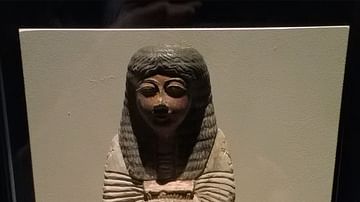
Article
The Five Gifts of Hathor: Gratitude in Ancient Egypt
The central cultural value of ancient Egypt was ma'at – harmony and balance – which maintained the order of the universe and the lives of the people. Keeping balance in one's life encouraged the same in one's family and, by extension outward...
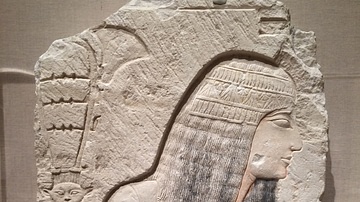
Article
Women's Work in Ancient Egypt
Women in ancient Egypt had greater rights than in any other civilization of the time. They could own land, initiate divorce, own and operate their own business, become scribes, priests, seers, dentists, and doctors. Although men were dominant...
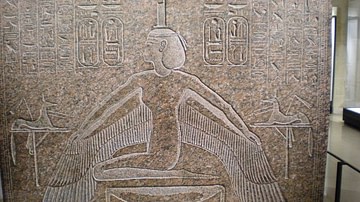
Article
Balance & the Law in Ancient Egypt
Egyptian law was based on the central cultural value of ma'at (harmony and balance) which was the foundation for the entire civilization. Ma'at was established at the beginning of time by the gods when the earth and universe were formed...
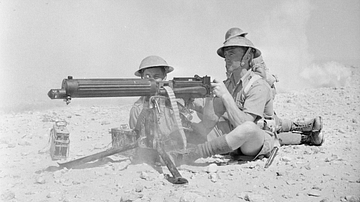
Article
First Battle of El Alamein
The First Battle of El Alamein (1-27 July 1942) was a series of encounters during the Second World War (1939-1945) in Egypt between Allied and Axis forces. The battle, focussed around the El Alamein defensive line, ended without a decisive...
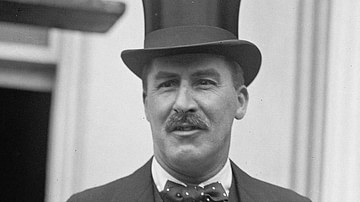
Article
Wonderful Things: Howard Carter's Discovery of Tutankhamun's Tomb
The great discoverer of the treasures of King Tutankhamun, Howard Carter, was born on May 9, 1874 CE to Samuel John and Martha Joyce (Sands) Carter in Kensington, England. A sick, home-schooled child, Carter learned to draw and paint from...

Image
Tombstone of Caliph Umar
Tombstone of Caliph Umar (634 - 644 CE) of the Rashidun Caliphate, in Al-Masjid al-Nabawi, Medina. The grave of Umar can be seen from the first window on the right.
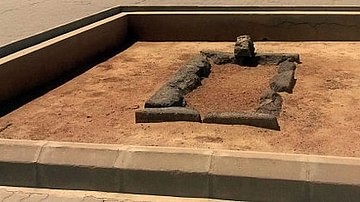
Image
Uthman's Tomb
The grave of Uthman ibn Affan (r. 644-656 CE) in al-Baqi (a graveyard near Medina). The tomb was destroyed in the 19th Century CE by the Saudi regime.

Image
Bernal Díaz del Castillo
A modern bust of the Spanish conquistador and chronicler Bernal Díaz del Castillo (1492 - c. 1580). Díaz wrote a famous account, The Conquest of New Spain. The bust is in the town of Medina del Campo in Spain, the birthplace of Díaz.
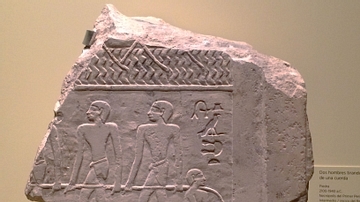
Image
Ancient Egyptian Relief of Working Men
This ancient Egtyptian relief of two men pulling a rope is made from stone and dates from the Intermedite Period or the Early Middle Kingdom (c. 2100-1940 BCE). It originally belonged to a necropolis and was found at Herakleopolis Magna (Ihnasya...
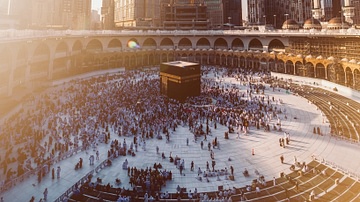
Image
View of the Ka'ba
A view of the Ka'ba in Medina.